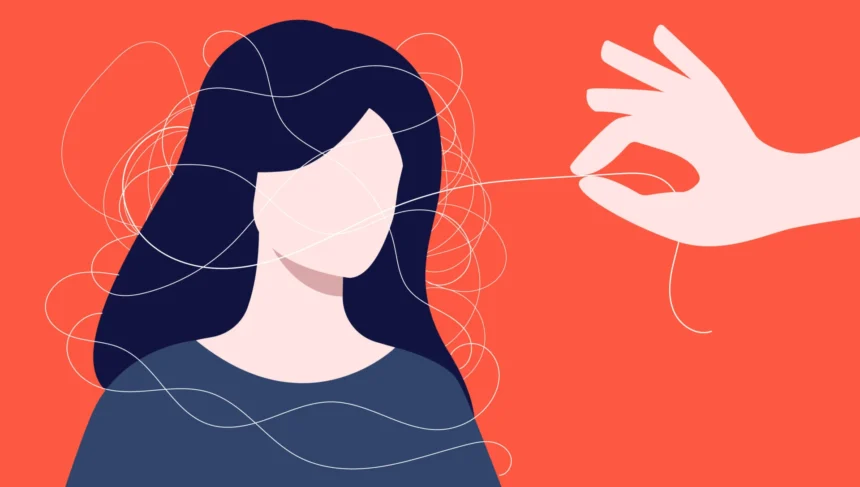Anxiety can affect day-to-day focus, energy levels, and overall quality of life. When symptoms begin to interfere with regular routines, individuals may begin to explore professional help. One common approach includes seeking anxiety treatment through structured methods that are tailored to the person’s specific experiences and responses. Symptoms may involve racing thoughts, muscle tension, irritability, or sleep disruption. The experience differs from one person to another, which is why treatment plans often include several methods working together.
Cognitive Behavioral Therapy
Cognitive behavioral therapy remains one of the most studied and widely used methods in anxiety treatment. This technique helps individuals identify thought patterns that contribute to physical and emotional symptoms. The goal is to create new patterns by challenging unhelpful thoughts and replacing them with responses that support better coping. Through regular sessions, patients learn how their thinking shapes their behavior and begin practicing more effective responses to stressful situations. Progress is measured over time, and techniques can be adjusted based on how well they help manage real-world triggers.
Exposure Techniques
Some individuals benefit from exposure therapy, especially if anxiety stems from specific fears or avoidance behaviors. In this approach, a therapist guides the person through gradual steps designed to reduce emotional reactivity to those fears. Over time, the body and brain adapt to the feared object or situation, making it feel less overwhelming. The process involves small steps and frequent practice, often beginning with discussion and visualization before moving toward in-person experiences. When paired with other therapies, exposure training can provide meaningful relief from persistent fear responses.
Many people use lifestyle adjustments as part of their long-term anxiety treatment plan. Sleep patterns, physical activity, and nutritional habits all play a role in regulating mood and stress. Daily routines that include consistent rest and regular movement support mental clarity and lower the body’s stress response. Some also include breathing exercises, journaling, or creative activities that allow time for reflection and self-regulation. These practices are most effective when applied consistently alongside structured therapy methods.
Medication
For some individuals, medication may be recommended. This option depends on the severity of symptoms and how they affect overall functioning. Providers often begin with a low dose and monitor progress closely.
Medication is not a stand-alone solution but rather one part of a multi-step plan. It can make it easier to engage in therapy and use new coping tools. Regular check-ins with the provider help make sure that treatment stays responsive to any changes in symptoms. Adjustments are made based on effectiveness, tolerance, and the goals of the treatment plan.
Mindfulness
Mindfulness practices have gained attention for their ability to anchor thoughts in the present. Through guided exercises, individuals learn to recognize when anxious thinking begins and redirect their focus.This does not remove stress but allows for greater control over how it affects behavior. Some people use meditation, deep breathing, or grounding exercises as part of a morning or evening routine. When used consistently, these strategies support emotional regulation and improve the ability to manage anxiety in high-pressure situations.
Seek Anxiety Treatment
Effective anxiety treatment is not a quick process. Progress builds through steady routines, frequent sessions, and regular feedback. Those who seek ongoing support are more likely to maintain positive changes over time.
A mental health provider tracks symptoms, refines treatment plans, and offers adjustments as life circumstances change. Having a dependable source of support allows individuals to stay engaged in their treatment and better manage long-term challenges.





